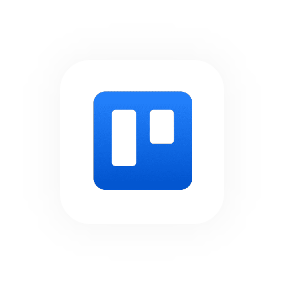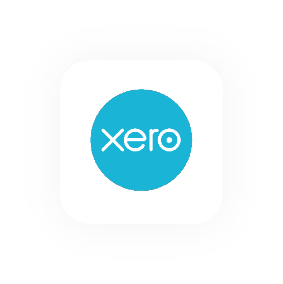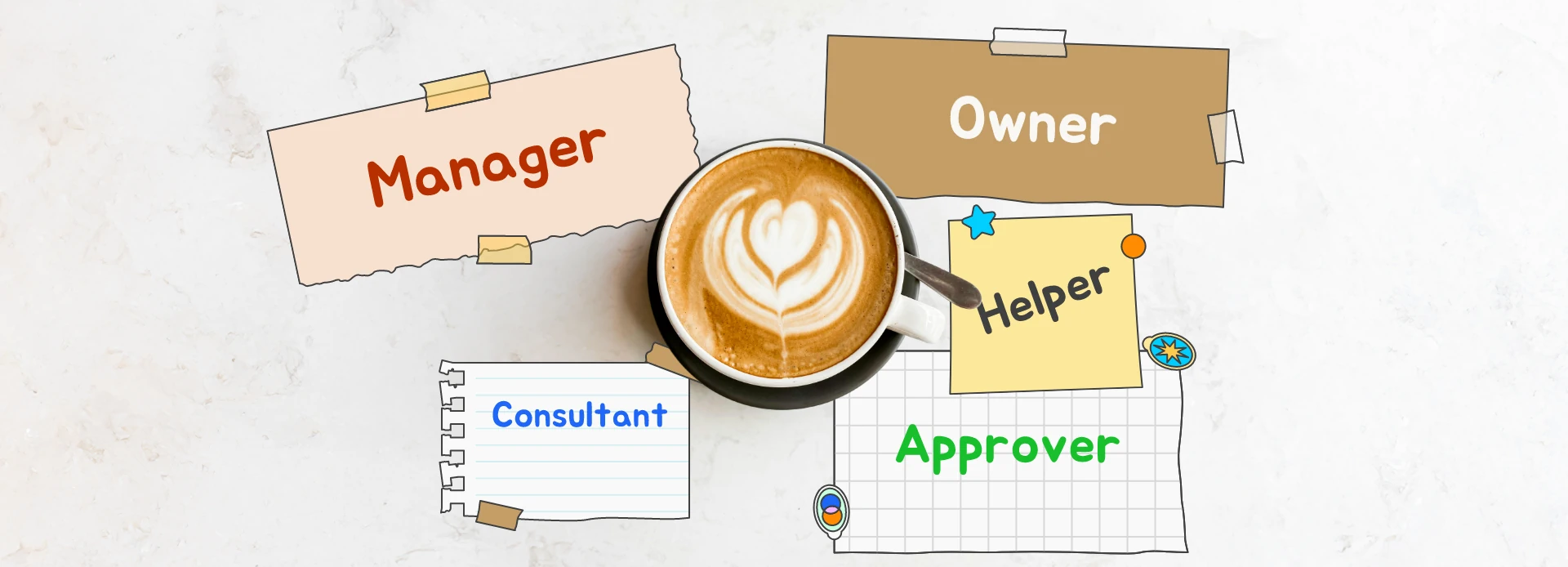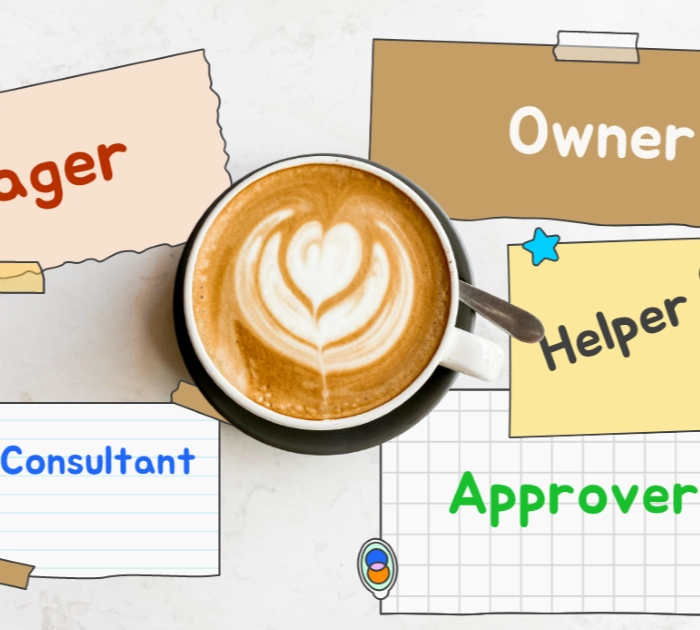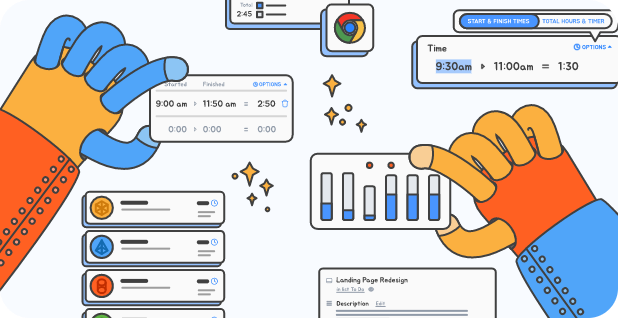Understanding The Mocha Method
How To Use The MOCHA Method In Your Workplace
If there’s one thing all project management experts know, it’s that clarity equals currency. Even the most innovative idea can stall if no one knows exactly who’s in charge, who is supporting, and who has the final say. The MOCHA method — short for Manager, Owner, Consultant, Helper, and Approver — offers a simple yet powerful project management framework to keep responsibilities crystal clear from the outset.

This guide will look a bit deeper at the MOCHA project management method, how it differs from other project management methodologies, and how it can help teams stay on the same page while moving the project forward. We’ll cover MOCHA roles, best practices for implementing MOCHA, and why this structured approach is becoming a favorite among project managers and organizations striving for overall project success.
What is the MOCHA method?
At its core, the MOCHA project management model is all about clarifying project roles so every team member knows their primary role and responsibilities. This prevents duplicated work, eliminates confusion, and fosters effective communication within the project team.
The acronym MOCHA stands for:
- Manager: The person who oversees the project's progress, ensures resources are available, and mentors the owner.
- Owner: The person responsible for completing the entire project. There is only one owner for any given project, ensuring ultimate accountability.
- Consultant: A person involved for their expertise; they provide advice and guidance but don’t make final calls.
- Helper: The support staff or team members who actively contribute to completing various tasks.
- Approver: The one with final approval authority, often a senior leader like a marketing director or creative director.
By defining these positions at the outset, you define roles clearly, enable enhanced accountability, and establish a clear structure for effective project management.
How does MOCHA compare to other frameworks?
MOCHA shares similarities with the RACI framework, which also assigns clear roles, but MOCHA goes a step further in defining roles related to both authority and execution. Where RACI uses Responsible, Accountable, Consulted, and Informed, MOCHA differentiates between the project owner, manager, and those in advisory or supportive capacities.
The result is a project management method that reduces ambiguity and boosts team collaboration by giving everyone a clear path toward the project goals.
The benefits of using MOCHA
The benefits of using MOCHA can be seen across industries — from tech to creative services. When teams clarify roles early:
- Projects start with stronger alignment.
- Project planning becomes smoother.
- The project's success is less dependent on guesswork.
- Clear communication accelerates decision making.
- Improved project outcomes become more achievable.
This clarity also ensures the people involved understand key decisions, timelines, and deliverables before work begins.
Understanding Each MOCHA Role in Detail
Manager
The project manager’s primary role is to guide and support the owner. They make sure resources are available, blockers are removed, and project's progress stays on track. In many organizations, a social media manager or product lead may fill this role.
Owner
This is the person responsible for seeing the entire project through. The Owner assigns responsibilities, delegates tasks to team members, and ensures delivery. They coordinate with other project roles to keep work moving.
Consultant
The Consultant provides expert advice — for example, graphic designers might be brought in to consult on visual elements of a marketing campaign without being directly responsible for delivering it.
Helper
Helpers handle various tasks within the project scope, such as data entry, design production, or testing. While they may not lead, they play a crucial role in execution.
Approver
The Approver has final decision and sign-off power. This could be a manager, marketing director or creative director ensuring brand alignment before launch.
Implementing MOCHA in project management
When you implement MOCHA project management, the first step is to define roles before any real work begins. That means identifying the project owner, the manager, who will consult, who will help, and who will approve.
Steps to Get Started
- Project planning: Outline deliverables, milestones, and project goals.
- Clarifying project roles: Use the MOCHA chart to map team roles.
- Assign tasks: Make sure every team member knows their contribution.
- Clear communication: Establish how updates will be shared.
- Final approval: Set expectations for the Approver’s involvement.
By implementing MOCHA consistently, organizations streamline processes and prevent overlap in responsibilities.
Example: Marketing Campaign Using MOCHA
Let’s say you’re launching a new marketing campaign for a product launch.
- Manager: Social media manager overseeing timelines and resources.
- Owner: Marketing coordinator ensuring all channels are covered.
- Consultant: Graphic designers advising on design consistency.
- Helper: Copywriters producing promotional content.
- Approver: Marketing director with the final approval before launch.
This setup keeps the team aligned, improves effective communication, and removes ambiguity from roles and responsibilities.
Cascading MOCHA across projects
For large organizations handling multiple initiatives, cascading MOCHA can help apply the same clarity across the entire project portfolio. This ensures every overall project — whether small or large — benefits from consistent project management methodology.
Common mistakes to avoid
When applying the MOCHA project management framework, beware of these pitfalls:
- Assigning more than one owner per given project.
- Skipping the clarify roles stage and assuming people know what’s expected.
- Not updating MOCHA charts when project's progress shifts.
- Not involving the Approver until the last minute, risking delays.
Avoiding these mistakes supports overall project success and maintains effective project management.
Integrating MOCHA with digital tools
Tools like Hourly can make implementing MOCHA far easier. By pairing role clarity with time tracking, you can see exactly how team members contribute to the project lifecycle. This allows for:
- Effective communication on workloads.
- Tracking project's progress in real time.
- Identifying bottlenecks and reassigning resources for improved project outcomes.
Why MOCHA works so well
The strength of the MOCHA framework lies in its ability to connect project planning, decision making, and execution in one clear structure. Everyone knows who to consult, who to help, and who has the final decision — avoiding confusion that slows down projects.
By setting these parameters early, the manager-owner-consultant-helper relationship stays balanced, ensuring each project manager or project managers in the organization can lead with confidence.
The MOCHA project management method offers a structured approach that works equally well for creative teams, corporate initiatives, and cross-functional projects. From the start of the project lifecycle to the finish line, defining MOCHA roles ensures clarity, enhanced accountability, and smoother team collaboration.
When you implement MOCHA project management, you don’t just assign names to boxes — you create a system for overall project alignment and project success. The result? More clear communication, faster key decisions, and better project outcomes across the board.
If you want to streamline processes, keep your team aligned, and ensure every project's success, the MOCHA method is a powerful tool to add to your project management toolkit.


